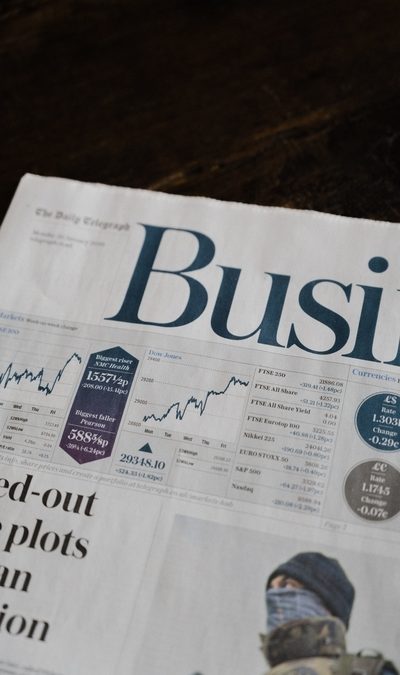PART I
The first mutual fund in the United States was created by the The Boston Personal Property Trust 1893. This fund was more real estate based and its structure more closely resembled what we think of today as a hedge fund rather than a mutual fund. The Alexander Fund that came out of Philadelphia in 1907 resembles the structure of what, today, we know as a publically traded mutual fund. The Alexander Fund had “semi-annual issues” (which means that you would only be able to buy twice a year); however, the investor would be able to withdraw the money whenever it was needed.
In the 1960s, Mutual Funds gained popularity to serve an untapped population of investors – middle-income earners who did not have a large chunk of money to properly invest in a balance investment portfolio. Say you have saved $10,000.00 and want to invest it in the market; you would have a limited amount of stocks and bonds to choose from due to the price of the stock. Additionally, since you only have a few stocks in your portfolio, your portfolio is at a greater risk if one stock goes down. Mutual Funds pooled the money of a bunch of smaller investors together in order to create one large portfolio and then manage the group as one well balanced portfolio. These traditional mutual funds were managed by one manager (like me) who would pick the stocks based on his or her personal economic philosophy and/ or expertise. At the end of the day, managers would tally up the amount in the portfolio, divide it by the number of shares and Voilà – you have the price of a share of the mutual fund (or what is most commonly called the NAV). The advisor charged an annual management fee for service.
The traditional mutual fund was a great financial product that allowed smaller investors to be diversified and managed by an established advisor. With the birth of 401Ks, smaller investors not only wanted to invest, but they wanted the ability to customize their investments. They did not want to all have the same investments and to be subject to the same returns as every other employee. There are many different kinds of investors – there are young aggressive investors, older conservative investors looking towards retirement, and risk adverse accountants. Each individual needs a fund that can fulfill his or her risk objectives and financial goals.
The solution for this need was the Index Mutual Fund. Index Mutual Funds have the same format as a traditional mutual fund but the manager is restricted to a certain group of stocks in an index, such as the S&P index. Naturally, since there are only a certain amount of stocks, there is less research to do, and the ‘managers’ do not have to be as “established”. Managers, (if hired at all) are generally younger and less experienced; they are hired to overlook the portfolio, rather than directly manage it. In exchange, they receive the same management fee. These days, there usually is not a manager at all, but just a computerized algorithm generating stock picks. If no manager is hired, the fee goes directly to the institution that provides the mutual fund. As you can see, today there are thousands of mutual funds to choose from through several different institutions. The fees on all these funds are very high and no one is really watching the money. So the smaller investor has a legitimate complaint. “If no one is watching my money and I have to determine my own asset allocation, why am I paying management fees?” The smaller investor wants the ability to diversify at his/her own risk level without having to pay a management fee.
ETF or Exchange Traded Funds are the solution to that problem. ETF’s are computer managed index funds. They follow specific indexes; they have much lower fees than the traditional mutual funds. They also have an added benefit; since they are traded like a stock, you can put stops on them, sell them short, or buy them on margin. They act like a stock, fluctuating as the market fluctuates throughout a trading day. Although ETF’s are a great tool for smaller investors, they have inherent risks. I think of ETF’s as the DIY-Home Depot of the financial product world. As an investor, you need to know the quality of the stocks in your ETF, your risk tolerance, and what your financial goals are. Also, you need to know how to relate these questions to each other to determine which ETF to pick. If you do not know the answers to these questions you need to find out the answers, or contact your financial advisors before buying these funds. Since the ETF is computerized and an algorithm creates the buying and selling of shares, if the market fluctuates due to an unforeseen event, the algorithm may immediately sell a stock, or a bunch of stocks (this depends on the algorithm). That can create a lot of volatility in the market. Also, due to the investors’ ability to sell at any part of the day, fear becomes a major risk in ETF’s. Smaller investors who may scare easily can sell their ETF’s immediately. This can also create a lot of fluctuation in the market.
Now that I have discussed the history and the nuts and bolts of these funds, it will be much easier to understand the strategies behind picking some for your portfolio. Until next week…..


